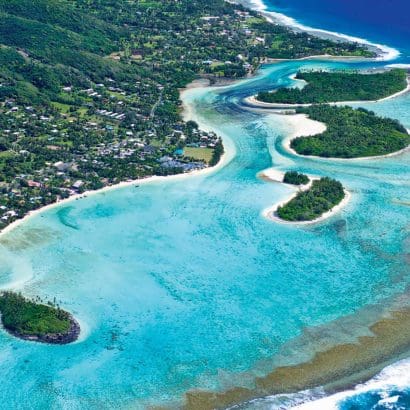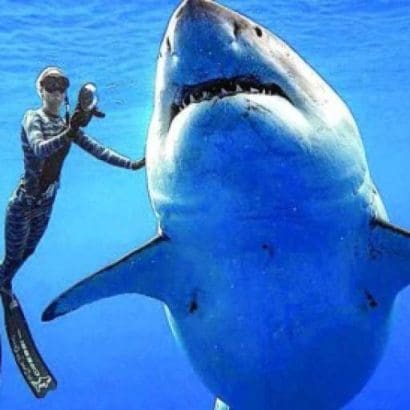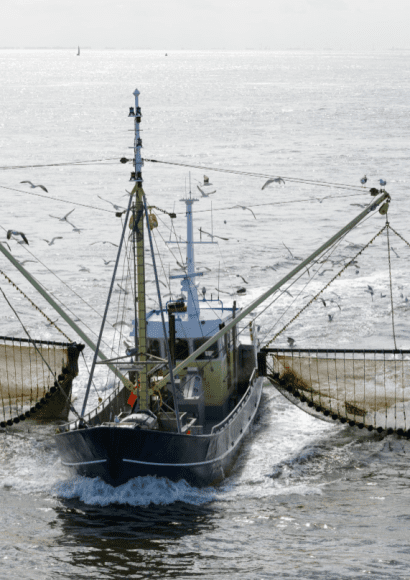
Exploring the consequences of human activities on our oceans reveals a sobering reality: the impact of trawling on marine environments. Trawling, a common fishing technique involving dragging nets through the water, has far-reaching effects on underwater ecosystems. In this article, we’ll dive into the basics of trawling and its environmental effects, aiming to shed light on why it matters and what it means for the health of our oceans.
Contents
Defining Trawling.🐟
Before we immerse ourselves in the world of trawling environmental effects, let’s embark on a journey to understand what trawling truly entails. Trawling is akin to a fishing expedition, where massive nets are towed through the water, trailing behind boats like curious explorers on a quest for hidden treasures beneath the waves. This age-old technique is employed by fishermen worldwide, seeking to capture an array of marine life, from shimmering schools of fish to elusive crustaceans.
What is Trawling?
Picture a scene straight out of a maritime adventure: boats gliding across the azure expanse, their nets stretched out like eager arms, ready to embrace the mysteries lurking below. Trawling involves dragging these expansive nets through the water, encompassing vast swathes of the ocean in their embrace. It’s a method steeped in tradition, passed down through generations of fishermen who navigate the waves in search of sustenance and livelihood.
The Purpose of Trawling.
As the nets sweep through the ocean depths, they become conduits for a bounty of marine life. Fish of all shapes and sizes, along with a myriad of other sea creatures, find themselves ensnared in the mesh, unwitting participants in the age-old dance between man and nature. Trawling isn’t just about securing a meal; it’s a means of livelihood for coastal communities and a source of sustenance for millions around the globe.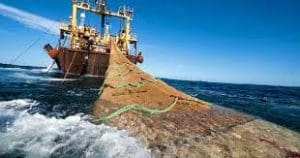
Concerns and Considerations.
Yet, beneath the surface lies a complex ecosystem teeming with life, delicately balanced and intricately woven together. The widespread practice of trawling has raised concerns among environmentalists and conservationists alike. Its indiscriminate nature and sheer scale have led to questions about its ecological footprint and the long-term health of our oceans.
An Underwater Adventure.
Dive into the depths of our article on the environmental effects of trawling and discover how this practice impacts the secluded natural wonders beneath the waves.
Environmental Impact of Trawling.🐟
As we delve deeper into the realm of Trawling environmental effects, it becomes evident that this fishing method isn’t just about reeling in the catch—it leaves a lasting mark on our marine ecosystems. Let’s embark on a journey to unravel the intricate web of consequences that trawling imposes on our oceans.
The Trawling Domino Effect.
Trawling casts a wide net of environmental impact, touching every corner of our marine world. From the destruction of delicate habitats to the unintended capture of non-target species, the repercussions of trawling ripple through the depths, leaving behind a trail of ecological disruption.
Habitat Havoc.
Imagine a bustling underwater city, teeming with life and diversity. Now, picture the devastation wrought by trawling as it bulldozes through these vibrant habitats, leaving behind a barren wasteland. Coral reefs, seagrass beds, and sponge gardens—all fall victim to the indiscriminate force of trawling, robbing countless marine species of their homes and shelter.
The Plight of Bycatch.
As trawling nets sweep through the water, they indiscriminately ensnare not only the intended catch but also a myriad of unintended victims. This phenomenon, known as bycatch, includes endangered species, juveniles, and non-commercial fish—innocent casualties in the quest for profit. The toll of bycatch on marine biodiversity is staggering, highlighting the urgent need for more sustainable fishing practices.
Ecosystems in Turmoil.
Our oceans are delicately balanced ecosystems, where every species plays a vital role in maintaining harmony. Yet, trawling disrupts this delicate equilibrium, removing key players from the stage and throwing the entire ecosystem into disarray. From top predators to bottom-dwelling organisms, no creature is spared from the far-reaching effects of trawling.
Mitigating the Damage of Trawling.
In the face of these daunting challenges, understanding the Trawling environmental effects is paramount for devising effective solutions. By implementing sustainable fishing practices, such as selective fishing gear and protected marine areas, we can mitigate the damage caused by trawling and safeguard the future of our oceans. It’s not just about preserving marine life—it’s about preserving our planet for generations to come.
5 Recipes with Lenguado Fish.
Discover a world of gastronomic delights with our collection of 5 mouthwatering recipes featuring the versatile Lenguado fish.
Bycatch and Biodiversity Loss.🐟
As we navigate the waters of trawling’s environmental effects, one issue emerges as a cause for concern: bycatch. This term refers to the unintentional capture of non-target species—a phenomenon that poses a significant threat to marine biodiversity. Let’s dive deeper into the world of bycatch and its implications for our oceans.
Endangered Species at Risk.
Among the casualties of bycatch are some of the ocean’s most vulnerable inhabitants—endangered species teetering on the brink of extinction. From majestic whales to graceful sea birds, these creatures face an uphill battle for survival, their populations dwindling in the face of relentless fishing pressure. The loss of these iconic species not only robs our oceans of their beauty but also disrupts delicate ecosystems, setting off a chain reaction of ecological imbalance.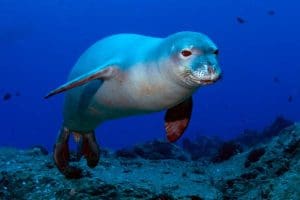
Protecting the Next Generation:
In the tangled web of trawling nets, juvenile fish find themselves caught in a deadly trap, their future prospects hanging in the balance. These young fish represent the future of our oceans, yet their lives are cut short before they have a chance to reach maturity. The loss of juvenile populations not only diminishes the resilience of marine ecosystems but also threatens the sustainability of fisheries for generations to come.
Minimizing Collateral Damage:
In the battle against trawling’s environmental impacts, addressing bycatch emerges as a top priority. By implementing measures such as selective fishing gear and area closures, we can reduce the unintentional capture of non-target species and minimize the collateral damage inflicted on our oceans. Only by taking decisive action to tackle the bycatch dilemma can we hope to safeguard the rich tapestry of life that thrives beneath the waves.

Habitat Destruction and Alteration.🐟
As we explore the impact of trawling on our oceans, one sobering reality emerges: the extensive habitat destruction caused by this fishing method. Picture the seafloor as a vibrant tapestry of life, adorned with coral reefs, swaying seagrass beds, and intricate sponge gardens. Now, envision the devastation wrought by trawling as heavy nets are dragged mercilessly across this delicate landscape.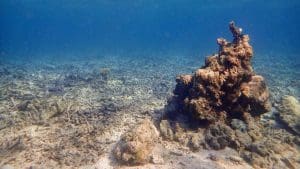
Crushing Fragile Ecosystems:
Transitioning to a different topic, the repeated dragging of heavy nets along the seabed acts as a wrecking ball, pulverizing fragile structures and disrupting essential habitats for marine organisms. Coral reefs, often referred to as the “rainforests of the sea,” bear the brunt of this onslaught, with their intricate formations reduced to rubble in the wake of trawling vessels.
The Collateral Damage of Habitat Destruction.
As trawling activities continue unchecked, the consequences reverberate far beyond the seafloor, jeopardizing the survival of numerous species that call these habitats home. From colorful reef fish to elusive sea turtles, the loss of essential habitat puts these creatures at risk of extinction, threatening to unravel the intricate web of life that sustains our oceans.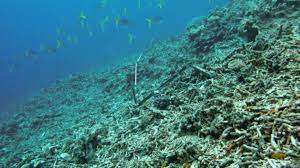
Preserving Ecosystem Resilience.
As we bear witness to the devastation wrought by trawling, one thing becomes abundantly clear: the urgent need to protect and preserve our marine habitats. By implementing measures such as marine protected areas and sustainable fishing practices, we can mitigate the damage caused by trawling and safeguard the resilience of our ocean ecosystems for generations to come.
Exploring the Environmental Impacts of Trawling.🐟
What are the main environmental impacts of trawling?
Trawling, while effective in catching commercial fish, entails several significant environmental impacts. One of the most prominent is habitat destruction, where trawl nets sweep the seafloor, crushing fragile ecosystems like coral reefs, seagrass meadows, and sponge gardens. This process not only eliminates habitats essential for numerous marine species but also alters ecosystem structure and function, which can have long-term consequences for marine biodiversity and ocean health as a whole.
How does trawling affect marine biodiversity?
Trawling can significantly impact marine biodiversity by altering habitats and affecting species populations. Habitat destruction caused by trawl nets can reduce shelter and food availability for numerous species, leading to population declines and changes in marine community composition. Additionally, bycatch can affect non-target species, including those endangered, which can have severe consequences for marine biodiversity and ecosystem health.
What are the strategies to reduce the environmental impact of trawling?
There are several strategies to reduce the environmental impact of trawling and promote sustainability in the fishing industry. One of the main strategies is the implementation of science-based fisheries management practices, including catch limits, minimum size limits, and marine protected areas. Additionally, the development and adoption of selective fishing technologies, such as modified trawl nets and bycatch exclusion devices, can help reduce bycatch and minimize environmental impact.

